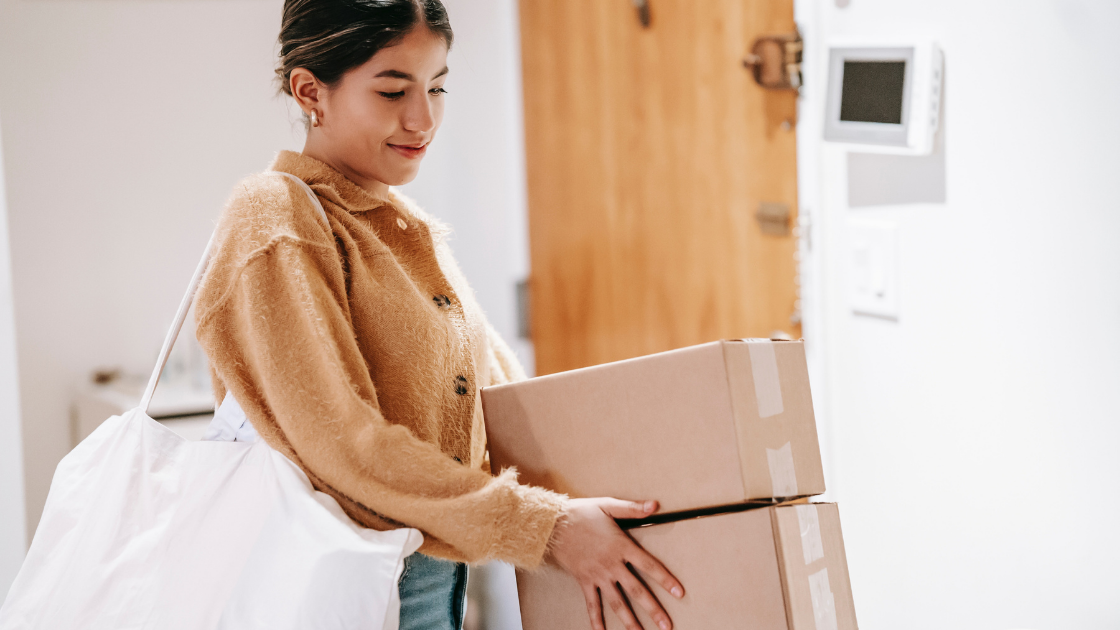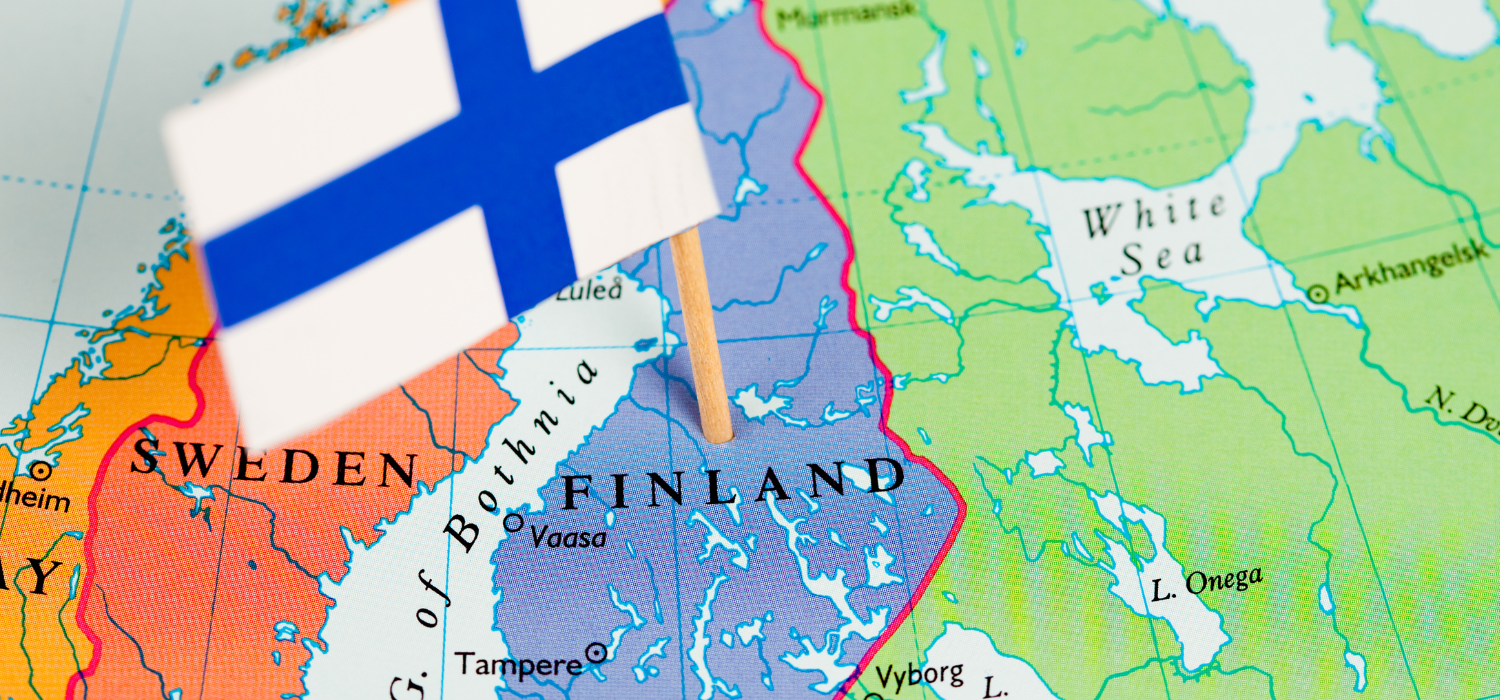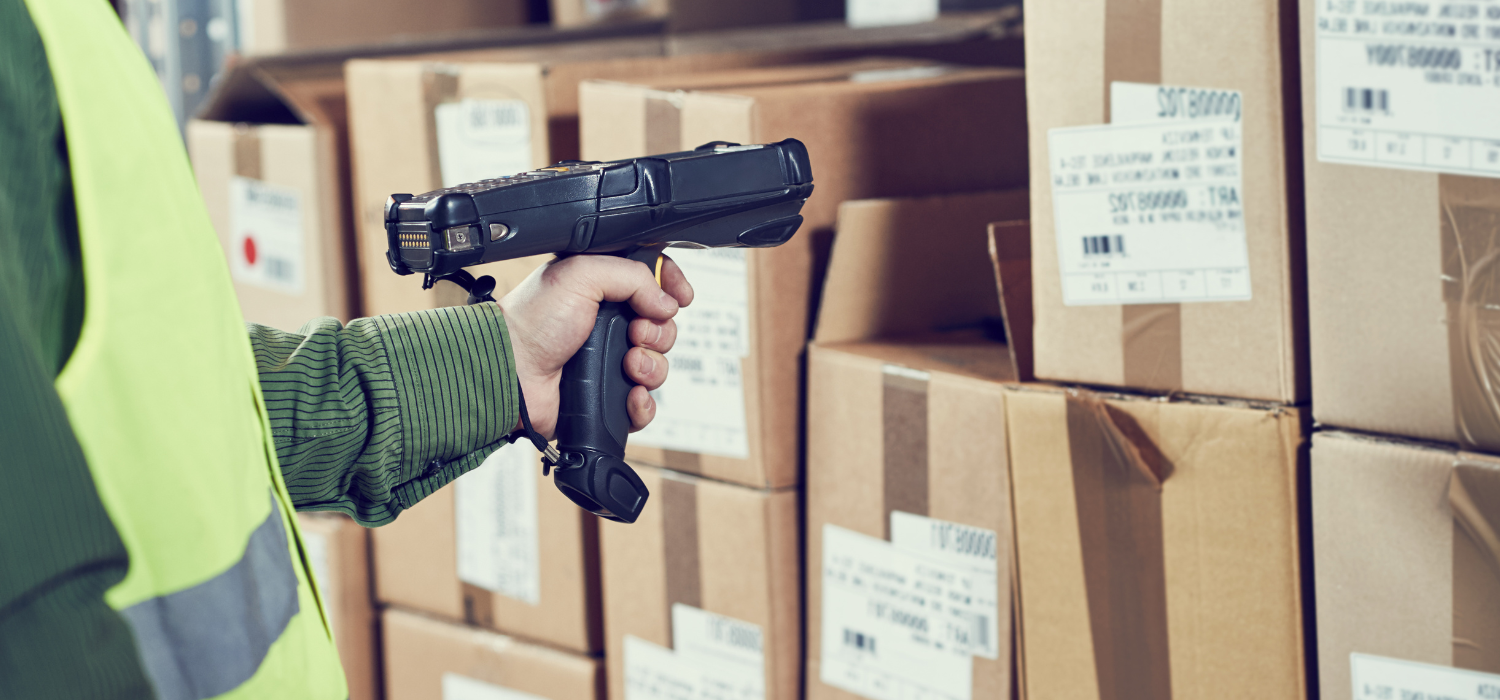In 2022, as Valentina Pontiggia, Director of the B2C eCommerce Observatories and Digital Innovation in Retail at the Politecnico di Milano, told us, online purchases by Italians will grow by a further +14%, reaching EUR 45.9 billion.
However, this growth also corresponds to the increase of another phenomenon: that of reverse logistics, i.e. products that once delivered to the customer, for a variety of reasons, must take the reverse route to be returned to the sender.
The cost of reverse logistics
A good return policy is fundamental for building the loyalty of its users and incentivising them to buy by increasing conversions, but the risks for the sustainability of the entire system, not only from an environmental point of view but also from a social and economic one, are very high.
According to data from the National Retail Federation, the return rate of online sales is on average 30% with a cost for retailers estimated at around EUR 12.50 per return. Reverse logistics therefore costs around 59% of the original selling price of the article, while for the environment the price to pay is even higher. According to Optoro‘s analysis, in fact, the impact of returns in terms of transport is calculated at 15 million tonnes of CO₂ emissions.
The change of pace of eCommerce giants
For all these reasons, many brands, after initially investing in free return policies to incentivise their customers to buy, are changing direction by introducing a financial contribution from the user for each return made.
Among the big eCommerce giants that have already gone down this road are Zara, which has introduced a return fee of €4.95, Uniqlo, whose fee for returns by postal service is €2.95, and Amazon, whose return fees start at €4 and vary depending on the quantity, size and weight of the items.
With regard to Zara, for example, the return fee is deducted directly from the total amount refunded to the customer and, at the moment, does not apply to purchases made online but returned in shops in the market or region where the customer made the initial purchase.
The online shopping experience is therefore inevitably – and rightly – destined to change with a view to increasing awareness of the impact of one’s choices on the economic, social and environmental sustainability of the entire sector.
Two solutions to make reverse logistics more sustainable
1. Augmented Reality
New technologies, as we have also reported here, can come to the aid of both consumers and brands. Thanks to Augmented Reality, for example, it is now possible to create virtual fitting rooms, where the user can virtually try on a product before making a purchase. In this way, the risk of making a wrong purchase is reduced and, consequently, also the number of returns.
2. Proximity logistics solutions
If a return becomes indispensable, however, it is necessary to ensure a return logistics chain that is as sustainable as possible. A plausible solution is that of Locker and Pick-up Points where a user can go to deliver the product without the courier picking it up directly at home. A solution that can perfectly reconcile two different customer needs and with which brands are coming to terms: increasing sustainability on the one hand, and flexibility on the other; so much so that 23% of consumers declared that they are well prepared to use Locker and Pick-up Points to make their returns.
In spite of this, it should be noted that many brands still do not make use of this solution that is so appreciated by both users and the environment. Yet, integrating them into your online sales channel is really easy thanks to GEL Proximity.
How to integrate eCommerce Pick-up Points
The new technology developed by GEL Proximity makes it possible to integrate thousands of proximity logistics solutions throughout the country, also for returns, guaranteeing maximum convenience for customers who simply enter their data on the dedicated page, choose the delivery point most convenient for them, print the label to be affixed to the parcel and proceed with the return.
For more information, please contact us.






